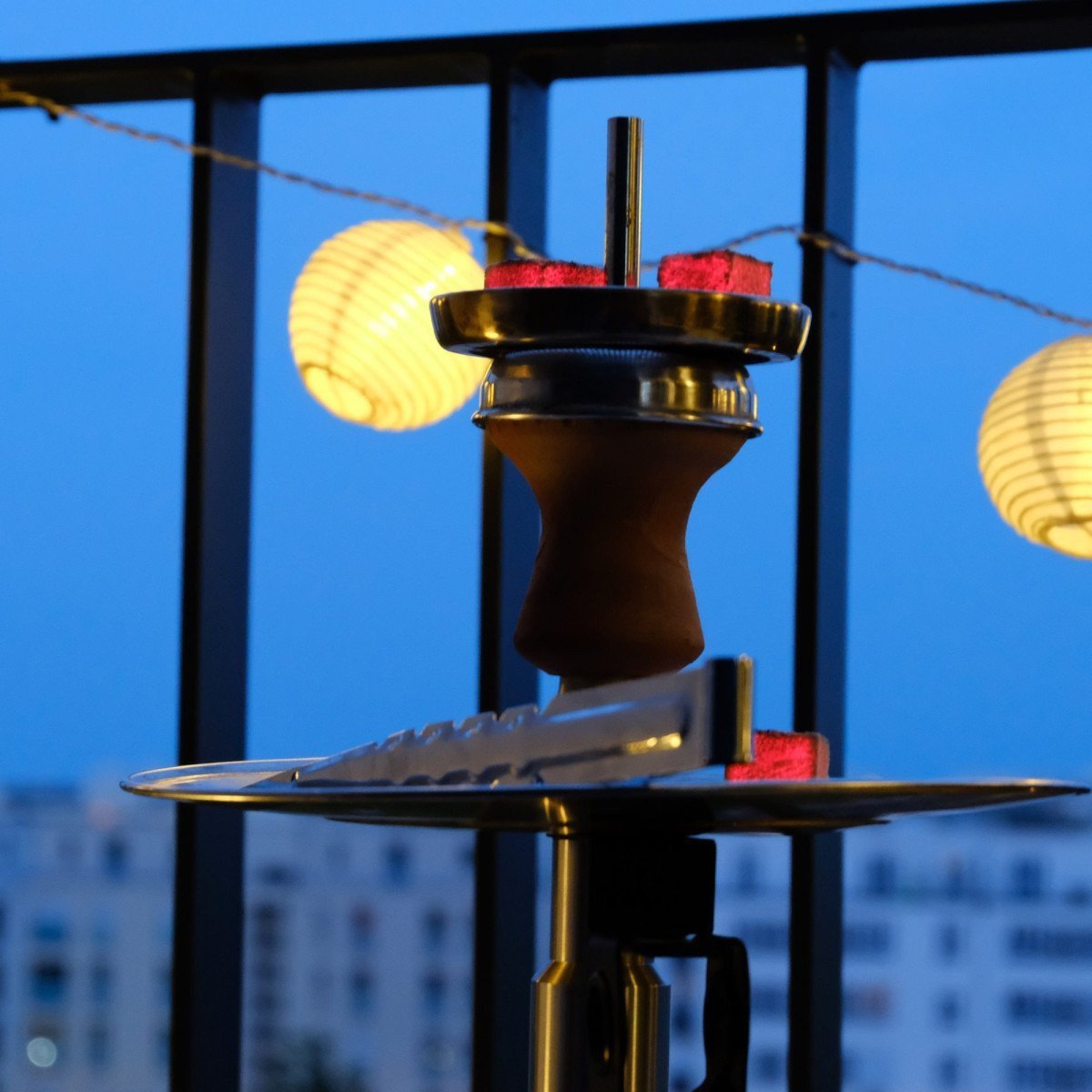Remember the first time you picked up a camera? For me, it was akin to discovering a new sense – seeing the world through a different lens, so to speak. But do you ever feel like capturing the perfect shot is equal parts skill, luck and… well, Jedi-like steadiness?
Well, folks, you’d be amazed to learn that approximately 30% of blurry photos are a result of camera shake. That’s where stabilization equipment comes to the rescue!
Understanding Camera Stabilization
In the realm of photography, stabilization isn’t just about keeping the camera steady, it’s about harnessing motion to transform ordinary shots into extraordinary images. It’s a delicate dance that ensures your camera and subject move in harmony.
‘So, how do I choose the right stabilization gear?’, you might ask. Ah, the million-dollar question! The truth, my friends, is that there isn’t a one-size-fits-all answer to this. It depends on various factors, such as the type of photography you primarily do, the weight of your equipment, and yes, even your physical strength.
The Stabilization Spectrum: Tripods to Gimbals
When we think of camera stabilization, the first piece of equipment that comes to mind is usually the reliable tripod. It’s been around for centuries, evolving from wooden tripods with box cameras perched atop, to sleek and lightweight marvels we see today. But the innovation in this field never stopped at tripods; it morphed into monopods, camera cages, and of course, gimbals. I dove into the world of gimbals while researching the ‘ring lights vs speedlights’ scenario.
Tripods: The Classics Never Die
Timeless and reliable as Swiss watches, tripods are like the Herman Melvilles of camera stabilization. They have seen eras come and go, yet they remain, steadfast and unbowed. If you are working in a stationary environment or shooting landscape or product shots, your good old tripod will do just fine. But remember to check its weight capacity before adding your hefty DSLR or mirrorless camera!
Monopods: Tripods’ Energetic Siblings
For photographers on the move, Monopods can be a boon. Imagine you’re at a sports game or a bustling street fair, where every second wasted is a captured moment lost. A monopod offers the ease of mobility while providing some measure of stability. ‘It’s not as steady as a tripod!’, I hear you say. True that. But then, life is all about compromises, right?
Gimbals: The Shiny New Toys
Finally, we’ve got the flashy newcomers – Gimbals. These fancy gadgets literally put a spin on photography! With their motorized, 3-dimensional rotation system, gimbals are perfect for creating those smooth pan shots and 4K videos. But be warned – playing around with gimbals might just sweep you off your feet – and your budget!
Camera Cages: Going Beyond Stabilization
And then there are the underdogs: the camera cages. Aside from providing some stabilization, these little powerhouses offer options to mount additional equipment like mics, lights or monitors. Camera cages are especially useful for videographers who need to get the ‘whole shebang’ in one go. I can still recall how my ring lights speedlights dilemma became less prominent once I incorporated the cage into my setup. However, the key here is to keep it balanced to avoid any unwelcome camera tilts.
So, Which One Should You Choose?
Ultimately, the choice of stabilization tool depends on your specific requirements, the kind of photography you do and yes, your budget. Be it tripods, monopods, gimbals or camera cages, each has its charm and utility. It’s less about ‘which is the best’ and more about ‘which is the best for me at the moment’.
Remember that perfect shot is not just about the gear, but how well you use that gear to create your masterpiece. So, are you ready to steady up and take photography to the next level?


0 Comment